Editor's Rating
During our last trip to Japan, we had a very packed schedule but we were so lucky that we could pay a visit to Café Paulista in Ginza, Tokyo. Actually, what is so special about this cafe?
Café Paulista is famously known as the oldest cafe in Japan. It’s even possible to say that Café Paulista is the original, pioneer of the café trends in Japan. We first know about this cafe from Mr. K’s father, who frequently visited this cafe back in the old days, as he used to work somewhere nearby. “Café Paulista” itself comes from the word “café” which means “coffee” in Portuguese, and “paulista” which means “San Paulo born kids”.
The first Café Paulista was opened back in 1911 in Ginza, but a lot of things have happened since then (Tokyo’s Great Earthquake in 1923 and so on), that cafe had already long gone. ;(
The Café Paulista that we are reviewing right now is the one that was reopened in Ginza 8-chome chuoudouri in 1970. Currently, the cafe is smaller than the original one, but they replicated coffee cup and spoon like the original, and also maintaining the green wallpaper to duplicate the feeling of the old time.
Café Paulista HISTORY
- In Meiji 41 (1908) 28th April, on the migration ship “Kasatomaru” along with 1st Japanese contract immigrant to Brazil consists of 158 family (781 contracted immigrant) plus non contract immigrant 12 persons departed port of Kobe. This time, the founder of Café Paulista, Mr. Ryu Mizuno was the chief of the immigrant.
- At the time, San Paulo in Brazil was world largest coffee producer and the person who helped coordinating Japanese immigrants was Ryu Mizuno, Noukoku Shokumin Gaisha (Imperial Immigrant Company) and Takemura Shokumin Shokan (Takemura Immigrant Trading).
- In the Spring of Meiji 43 (1910), the success of Mizuno’s immigrant business made Brazilian government gave right to him to sell and distribute to Asia 1000 bales of coffee beans free of charge.
- In Meiji 43 (1910), Mr. Mizuno got support from Shigenobu Okuma and established the Café Paulista coffee beans sales office, and the following year (1911) he opened the café in Kyobashi Ku Minaminabe-cho (Ginza 6-chome), opposite side of Kojunsha (Private foundation and publishing company founded by the guy on 10,000 Yen bill, Mr. Yukichi Fukuzawa). This café called Café Paulista will eventually become café industry benchmark in Japan.
- In Taisho 2 (1913), Café Paulista was rebuilt and reborn as a simple and elegant chalk white three- stories building. There was Brazilian flag raised in front of the café and illumination sparkling the night and attracting passerby.
Back in those days, a cup of coffee is priced at 5 Sen (100 Sen = 1 Yen), served with sugar container with strange shape and ash tray on the big white marble table accompanied with Balinese-style rattan chair (7 on the first floor, 18 on the 2nd floor). For the food, they served American-style warm donuts and various sandwiches.
Because of the strange overseas-like atmosphere, Café Paulista became an instant popular place to hang out for city people who like something new. From the time the cafe opened at 9AM and closed at 11PM, 4000 cups of coffee were sold daily.
Café Paulista became a cafe that anybody of any class can enjoy. Café Paulista expanded from Ginza to Kyobashi, Horidome, Kanda, Nagoya, Kobe and Yokosuka. Until the end of the World War I, Café Paulista has opened 22 cafes all around Japan.
The Café Paulista we visited is the one that is located at Ginza 8-chome, on the first floor inside Nagasaki Center Building. From outside, we can see the signage clearly and it looked like a modern place. Stepping inside, I was quite surprised to find the “old feeling” of the cafe, with low leather seats and yellow chandeliers. The cafe is not too big but the tables are lined up neatly so it can probably fits about 50 person in total.
Just like in the old days, Café Paulista serves coffee using imported coffee beans, and also warm food like sandwiches, also sweets and cakes. We only had a very little time to spend there, so we only ordered 2 types of coffee and a cake.
Paulista Old/パウリスタオールド JPY 690
The original coffee menu that has a strong aroma and bitterness. I found this taste nostalgic, like a smooth coffee that I had back in the days when our family had Sunday brunch together at home. I am not a coffee expert so I don’t know to explain this well, but I love it. Putting sugar and cream is perfect for this Paulista Old.
According to the “legend”, Café Paulista was visited 3 days straight and their “Paulista Old” has been appraised highly by John Lennon and Yoko Ono.
Cafe Florestal/森のコーヒー JPY 690
While Paulista Old is recommended for people who like strong and bitter coffee, there is Cafe Florestal, which is categorized as mild coffee. What’s unique about this is that the coffee bean is grown naturally, no pesticides used in the process. The result is a very smooth and mild coffee, with little of acidity that is quite enjoyable. Compared to Paulista Old, I like this more.
Caramel Apricot/キャラメルアプリコット JPY 690
This dessert is a combination of caramel mousse, white chocolate mousse, apricot mousse, topped with white peach. I love how the different flavors of mousse blended in together very well without overpowering one to another, and the white peach and pistachio sprinkles on top were just simply the best treat EVER! I wouldn’t even mind paying such a price for a delicious dessert like this.
If we like the coffee and would like to make some at home, the coffee is also available for sale in the front desk. I was hesitating whether I should buy some or not, but in the end we didn’t buy any. The packaging are very pretty with colorful colors, don’t you think so? 😉
Nowadays, people use the term “銀ブラ/Ginbura” and think that it means “walking/wandering around Ginza”, but in reality, this is believed to be a slang originated in 1913 amongst students of Keio University (Shinzo Koizumi, Mantaro Kubota, Haruo Sato, Daigaku Horiguchi, Masajiro Kojima) who are known as famous writers in Japan later, means “going to Paulista Ginza and buying 5 sen Brazilian coffee”.
Café Paulista may not be the typical nowadays coffee shop with beautiful direct natural light or fancy furniture, but there is a deep history behind it and it’s not wrong to say this is one of the legendary shops in Japan. Hopefully we can find more places like this in the future and share more on the blog. Thank you for reading, love you all! <3
*The Food Escape team are not paid whatsoever for writing this post.
** This review is written based on our visit on 15 July 2015.
CONTACT US BY:
EMAIL | TWITTER | INSTAGRAM | GOOGLE+
Café Paulista カフェーパウリスタ銀座本店
〒104-0061 Tōkyō-to, Chūō-ku, Ginza, 8 Chome−9
東京都中央区 中央区銀座8-9−16
長崎センタービル 1F
8-9-16 Ginza
Chuo-ku, Tokyo
Japan
Ph. +81 3 3572 6160
Getting there:
Ginza Station (Ginza, Hibiya, Marunouchi Lines) exits A3, A4, A5
Opening Hours:
Mon-Sat 8.30AM – 10PM
Sun 12PM – 8PM

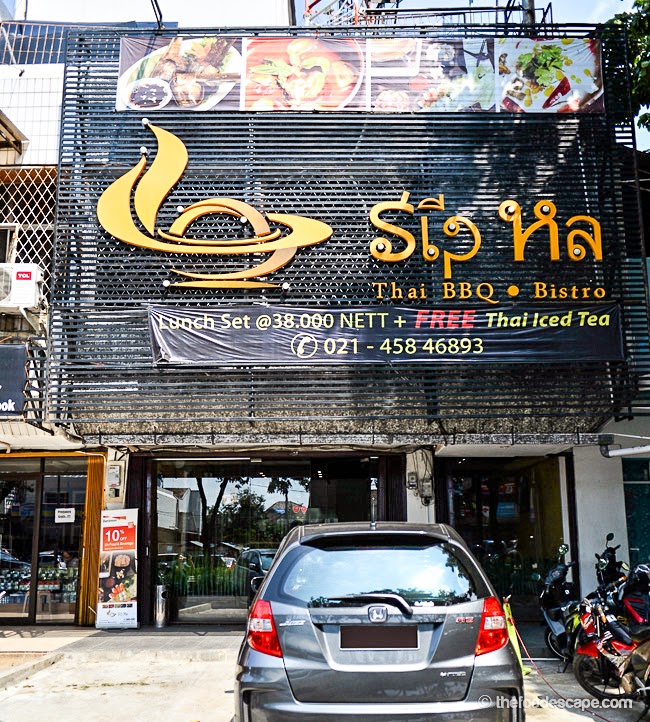
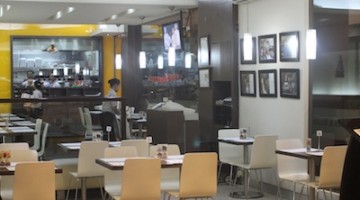
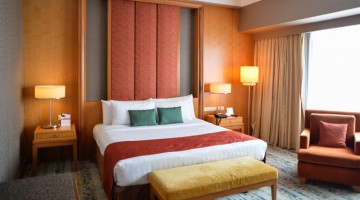
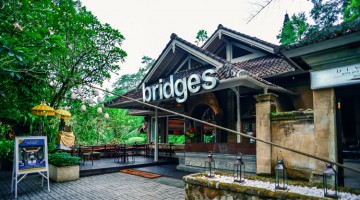

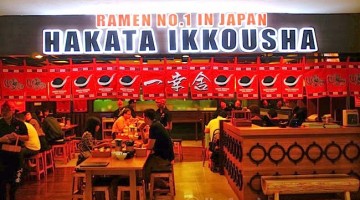


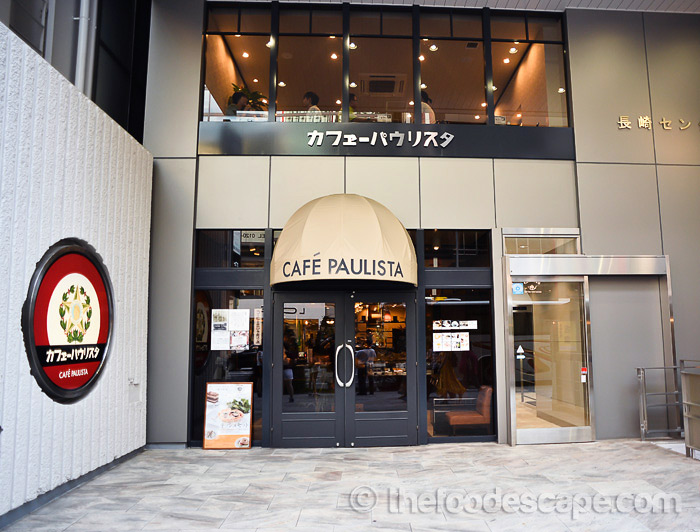
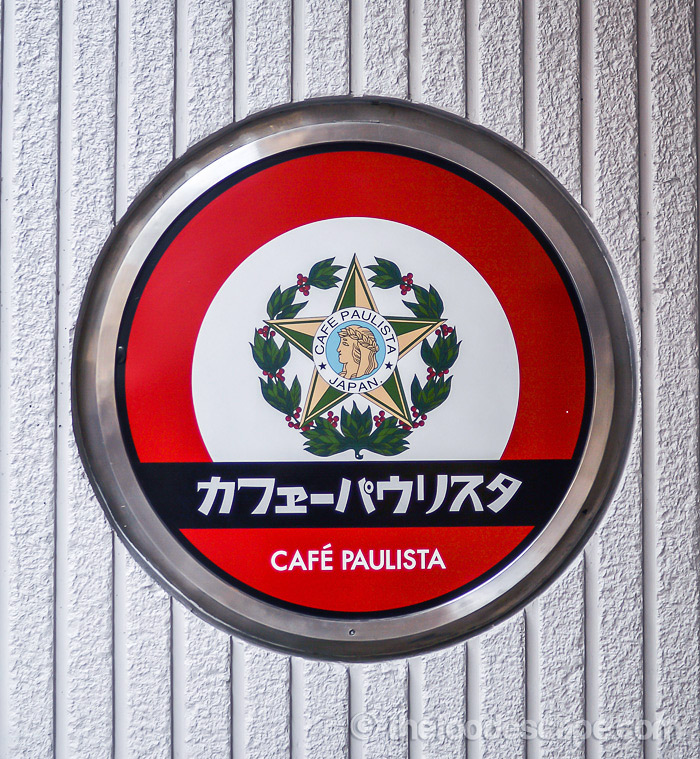
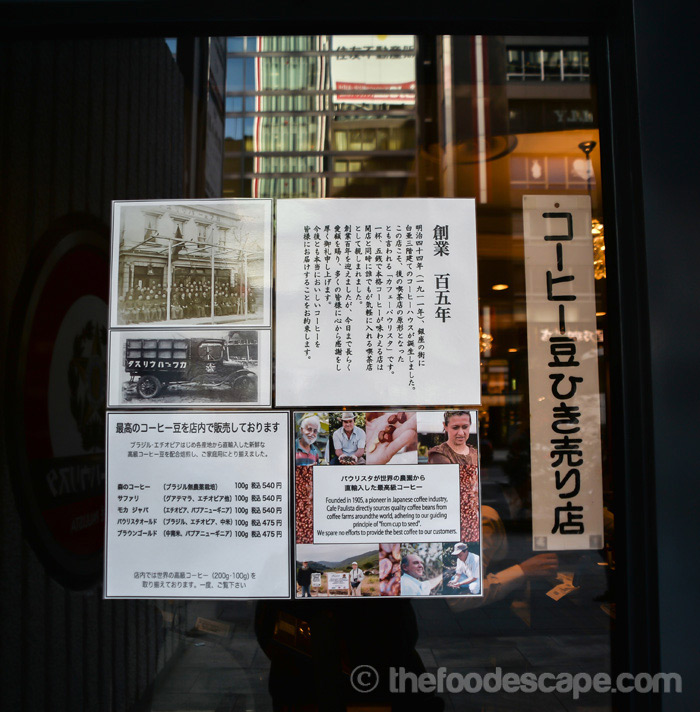
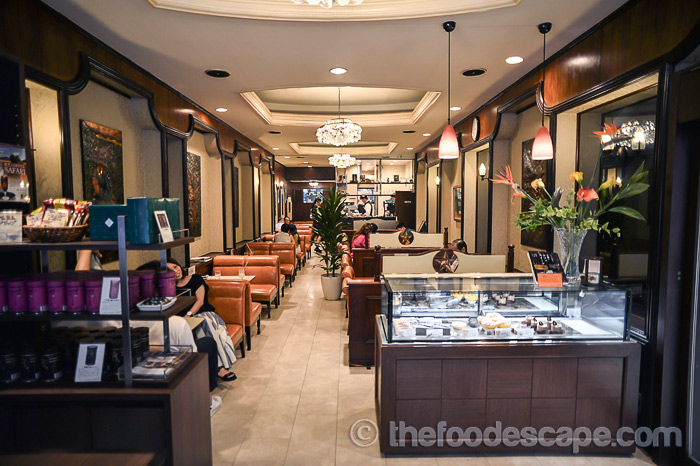
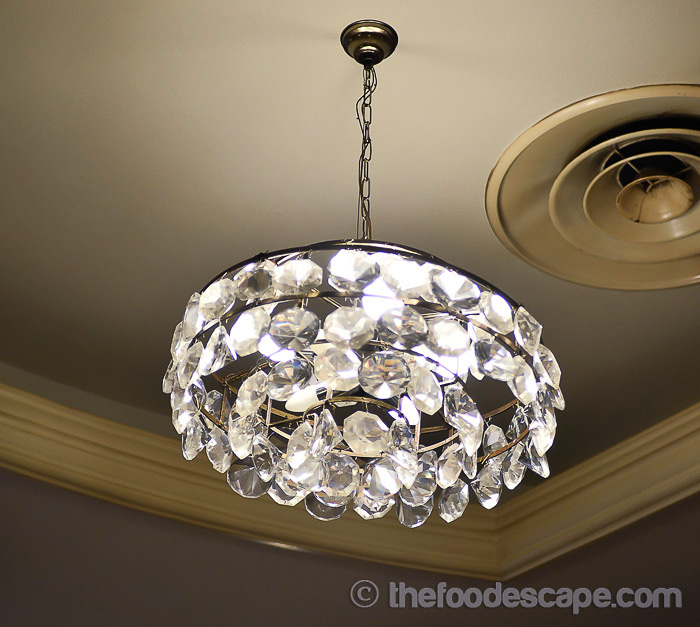
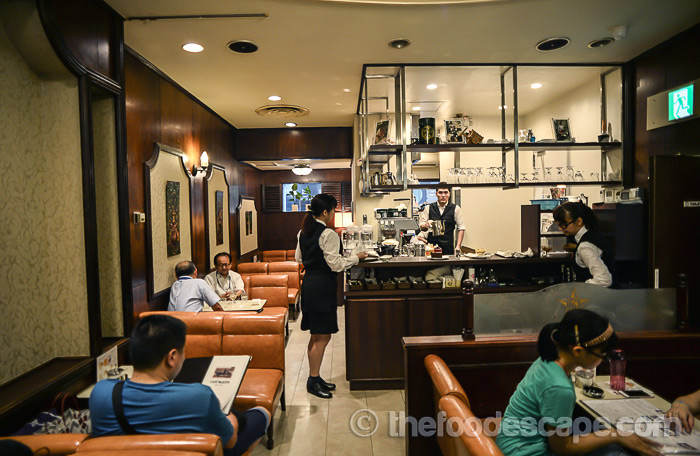
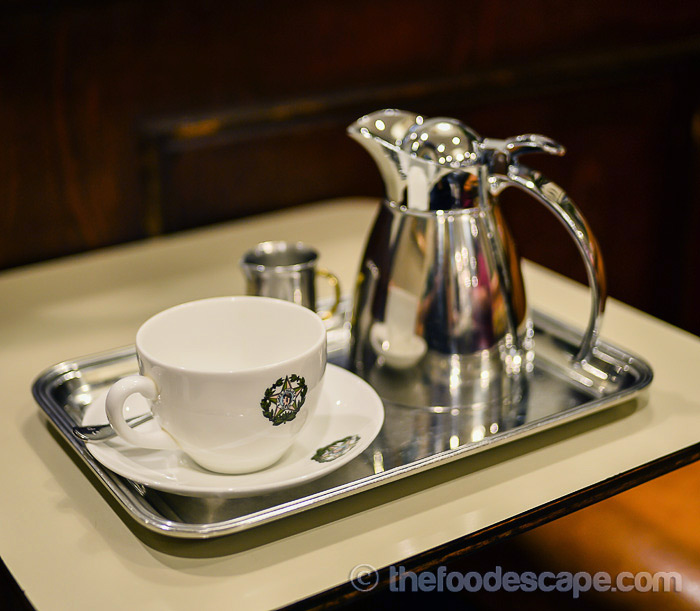
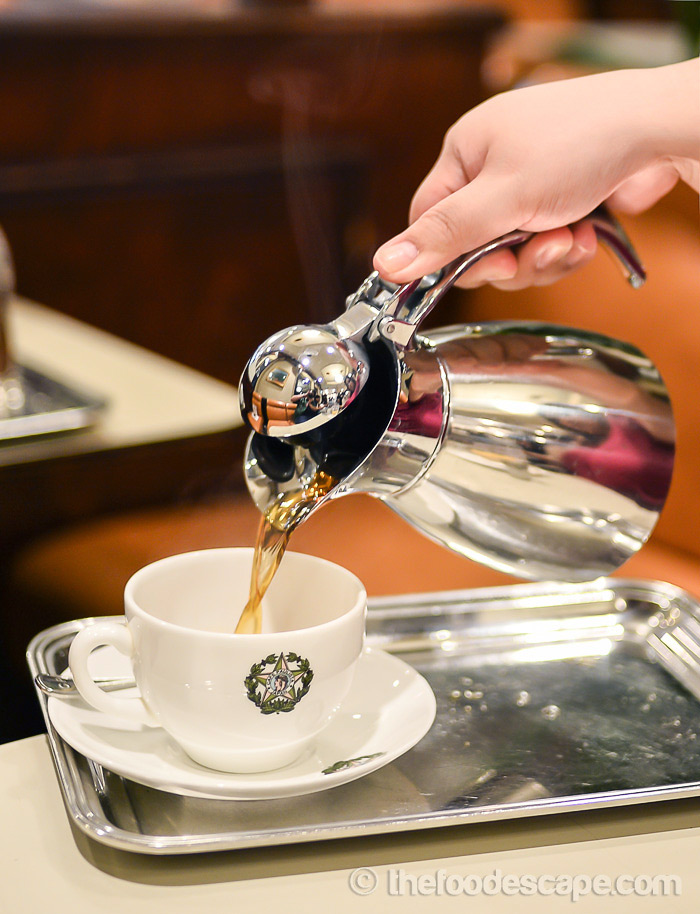
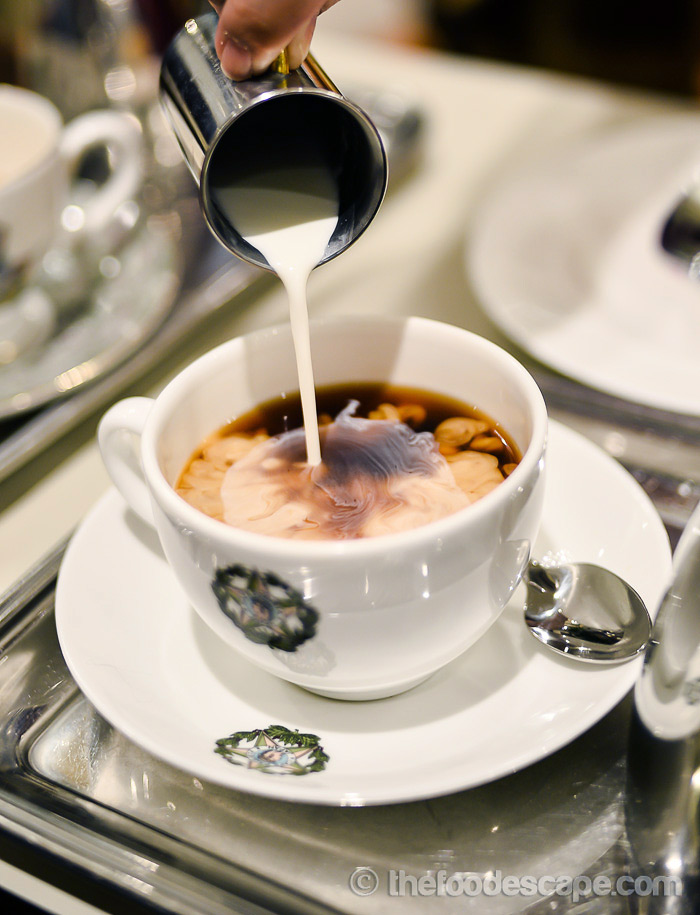
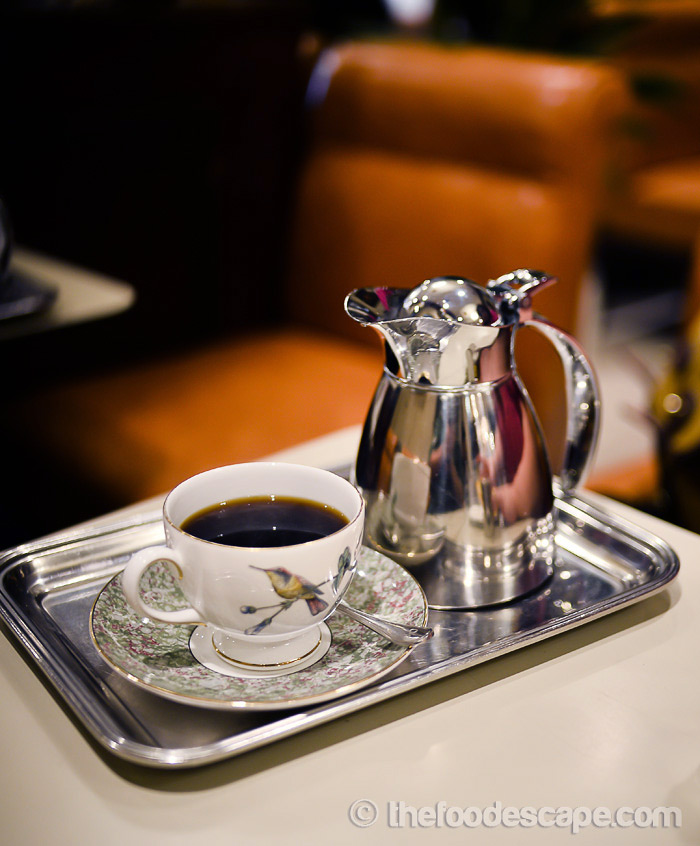
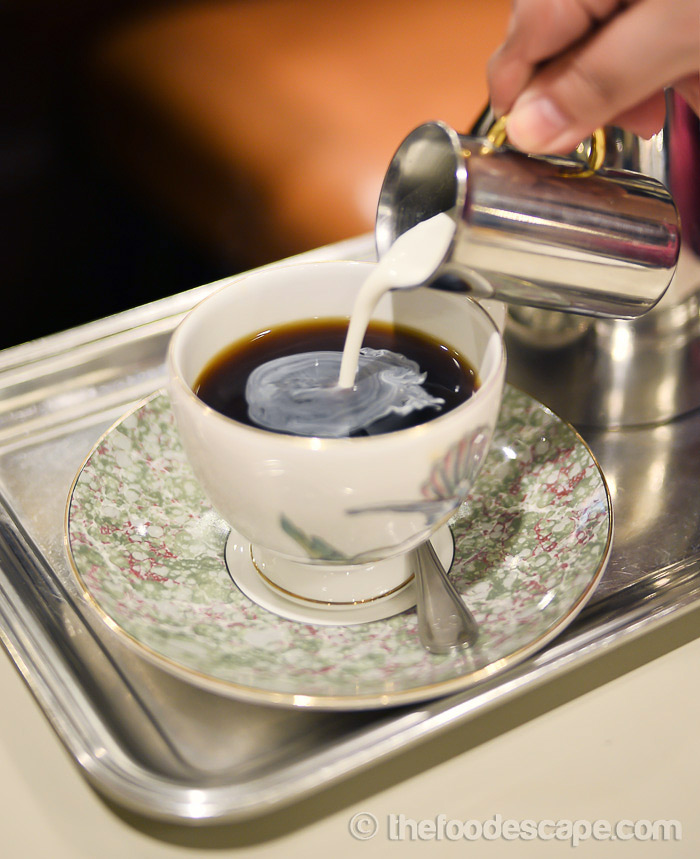
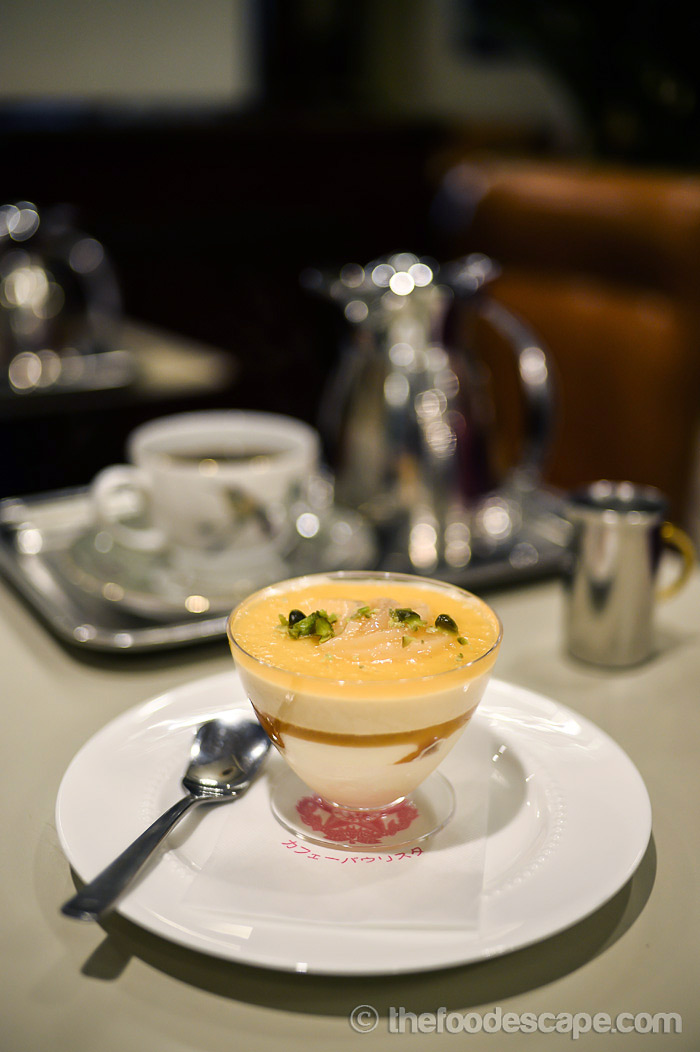
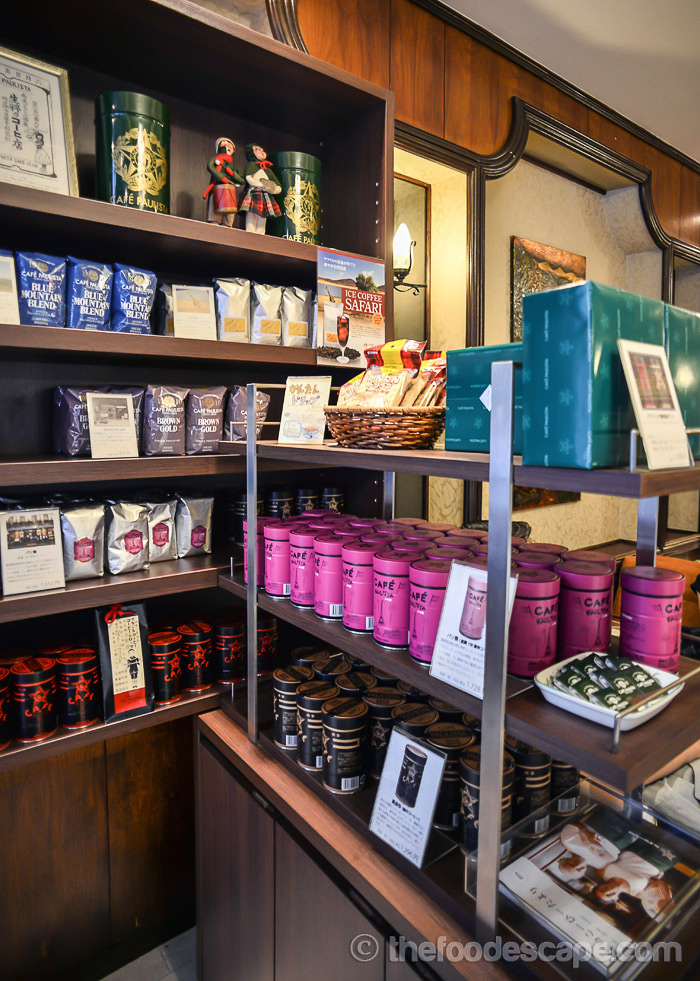
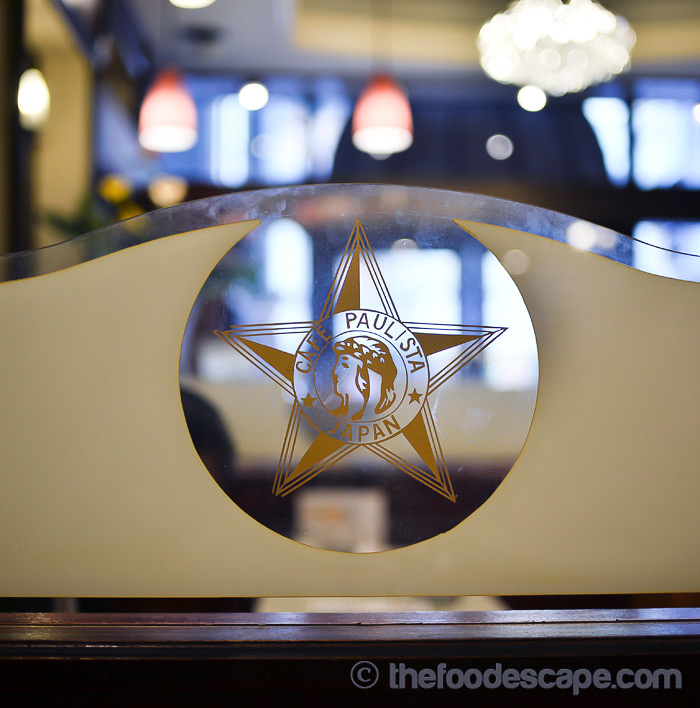

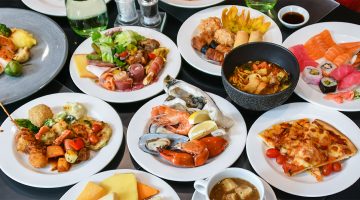

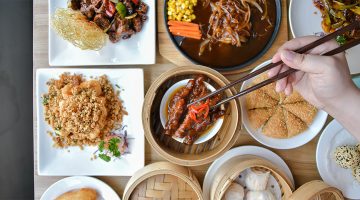
Thank you for your sharing of cafe Paulista